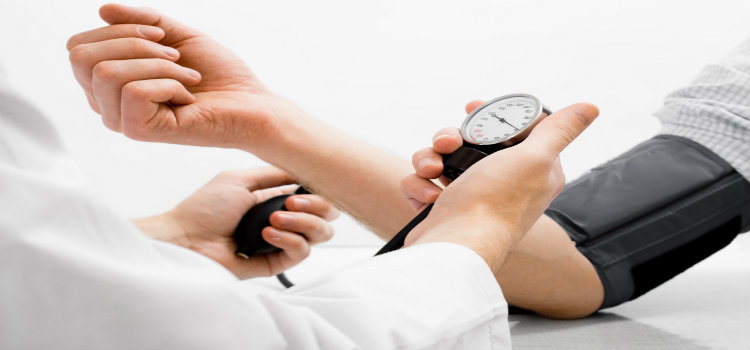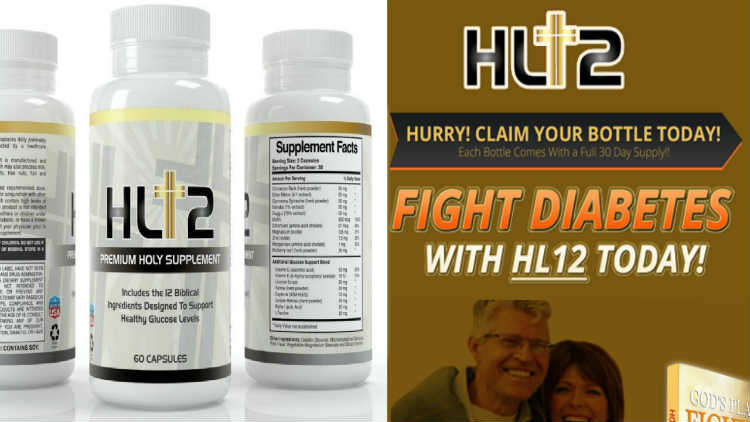How To Keep Your BP Normal – Follow This Tips
Your blood pressure rises with each heartbeat and falls when your heart relaxes between beats. While BP can change from minute to minute with changes in posture, exercise, stress or sleep, it should normally be less than 120/80 mm Hg (less than 120 systolic AND less than 80 diastolic) for an adult age 20 or over.
High-blood-pressure (HBP) is common among senior citizens in the United States and is a serious condition that can significantly increase the probability of having coronary heart disease, a heart attack, stroke, kidney failure, and other health problems and risks. In literal terms, “blood pressure” is the force of blood pushing against arterial walls while the heart pumps out blood.
A large force over a long period of time is called HBP and it can cause extensive damage to the body. It is very important that senior citizens understand what their blood pressure means and how they can effectively prevent and, if necessary, treat HBP. People who participate in the elder care of senior citizens should also be familiar with HBP and how they can encourage behaviors that facilitate healthy blood movement.
[divider height=”30″ style=”default” line=”default” themecolor=”1″]
How I Drop my High BP to Normal and Avoid Heart attack and Kidney failure
[divider height=”30″ style=”default” line=”default” themecolor=”1″]
High blood pressure Overview
In the United States, about one in three adults have HBP. By itself, HBP has no apparent symptoms; it could be damaging the heart, blood vessels, kidneys, and other parts of the body for years without any obvious signs. Because of this, knowing your blood pressure is important regardless of how you physically feel. That way, you can take the necessary steps if your pressure is too high. Senior citizens and those involved in their elder care should monitor blood pressure regardless of what range it is in. If it is normal, you should work to keep it in that range. If it is high, you should seek treatment to minimize and prevent damage to your body.
Blood Pressure Numbers
The numbers that make up the pressure reading include systolic pressure, which is the pressure when the heart is pumping blood, and diastolic pressure, which is the pressure when the heart is resting between beats. Often, your blood pressure will be written and stated as systolic over diastolic. For example, you might see 120/80 mmHg, which someone would say aloud as “120 over 80.”
The following table presents normal numbers for adults and shows you which numbers place you at a greater risk for health problems. BP may fluctuate, but if your numbers are consistently above normal, you are at risk for developing high blood pressure.
*These ranges apply to adults without short-term serious illnesses, which could temporarily change blood pressure.
Levels above 120/80 mmHg raise your risk, which continues to rise as the numbers increase. “Prehypertension” implies that you are prone to developing high BP if steps are not taken to prevent it. If you have been treating HBP and your numbers have been in the normal range, your BP is under control, but you still have the condition. Therefore, it is important to continue the treatment to maintain normal levels even if you attain a healthy blood pressure at some point.
Causes of High blood pressure
High blood pressure is common in senior citizens because blood pressure tends to rise with age unless you take steps to prevent or control it. For this reason, it is important that senior citizens and those involved in their elder care monitor blood pressure to ensure that it remain in or return to the normal range.
There are certain medical problems that may raise blood pressure levels, such as chronic kidney disease, thyroid disease, and sleep apnea. Some medicines may also raise blood pressure. These include medications for asthma (corticosteroids) and even over-the-counter cold-relief products.
Some women experience a raise in blood pressure if they use birth control pills, become pregnant, or use hormone replacement therapy. For women going through menopause, taking hormones to reduce symptoms can cause a small rise in systolic blood pressure. If you already have HBP and would like to begin taking hormones, you should discuss the risks and benefits with your physician. If you decide to follow through with taking hormones, it is important to find out how to control your blood pressure and how often you should get it checked to prevent more serious health problems.
Risk Factors
Many risk factors for HBP exist, including certain traits, conditions, and habits. The major risk factors for HBP are described below.
[divider height=”30″ style=”default” line=”default” themecolor=”1″]
How I Drop my High BP to Normal and Avoid Heart attack and Kidney failure
[divider height=”30″ style=”default” line=”default” themecolor=”1″]
Age
Since blood pressure rises with age, senior citizens have a higher risk of developing HBP. In the United States, over half of the senior citizens have HBP. The most common form of HBP in senior citizens is isolated systolic hypertension (ISH), which is defined as having high systolic pressure (top number) only. About two-thirds of senior citizens with HBP have ISH. Although many senior citizens have HBP, it is not necessarily a normal part of aging. There are many ways to stay healthy and maintain blood pressure at a normal level as we age.
Race and Ethnicity
Anyone of any background can develop HBP, but it is more prevalent in African American adults than it is in Caucasian or Hispanic American adults. In relation to these groups, African Americans:
- Tend to get HBP earlier in life
- Often have more severe HBP
- Are more likely to be aware that they have HBP and to get treatment
- Are less likely than Caucasians and about as likely as Hispanic Americans to achieve target control levels with HBP treatment
- Have higher rates than Caucasians of premature death from HBP-related complications, such as coronary heart disease, stroke, and kidney failure
HBP risks vary among different groups of Hispanic American adults. For instance, Puerto Rican American adults have higher rates of HBP-related death than all other Hispanic groups and Caucasians. But, Cuban Americans have lower rates than Caucasians.
Overweight or Obesity
If you are overweight or obese, you are at a higher risk for developing HBP. Being overweight is defined as having extra body weight from muscle, bone, fat, and/or water; obesity is defined as having a high amount of extra body fat.
Gender
More adult men than women have HBP, yet younger women aged 18-59 are more likely than men to be aware of and seek treatment for BP. Women over 60 have the same likelihood as men of being aware of and seeking treatment for HBP, but among the group of women over 60 who are being treated, control of blood pressure is lower than it is in men of the same age group.
Unhealthy Lifestyle Habits
Certain lifestyle habits can be risk factors for HBP. Senior citizens and their caregivers should minimize and discourage the following unhealthy behaviors:
- Consuming too much sodium in salty foods or drinks
- Drinking an excess of alcohol
- Insufficient potassium intake
- Insufficient exercise or physical activity
- Smoking
Other Risk FactorsA history of HBP in your family may increase your susceptibility to developing HBP. Long periods of stress may also contribute to your risk.
[divider height=”30″ style=”default” line=”default” themecolor=”1″]
How I Drop my High BP to Normal and Avoid Heart attack and Kidney failure
[divider height=”30″ style=”default” line=”default” themecolor=”1″]























